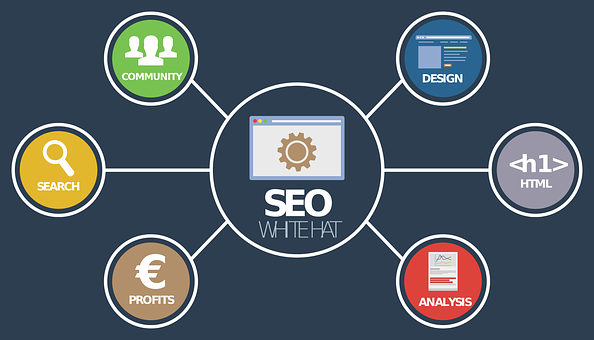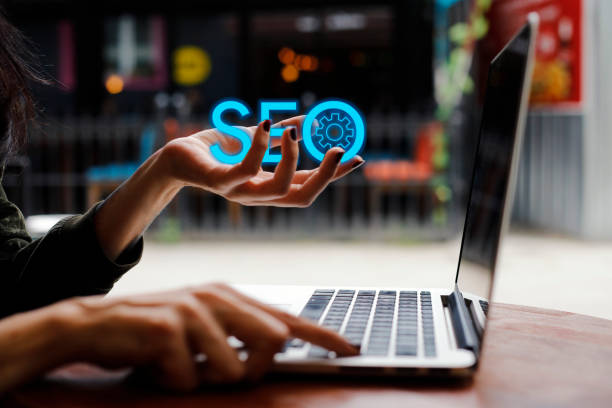
On-page SEO is the measure you take on your website to optimize web pages, boost the site’s rankings, and enhance user experience. Unlike off-page SEO, you need to optimize for elements within your website. Some of the elements of on-page search engine optimization include internal links, tags, URL optimization, HTML code, images, on-page content, and user experience (UX).
This post will be discussing how on-page SEO differs from its off-page counterpart, why it is significant, and some other relevant information relating to the subject. Let us dig right into the subject.

What Is The Importance Of On-Page SEO?
The algorithm that defines the way Google functions is constantly updated from time to time. Such updates aim to help improve the search engine’s ability to enable it accurately interpret user experience and user intent whenever a user accesses a webpage. That is why learning SEO has become a necessity since it helps to update your knowledge about the necessary best practices.
In addition, Google also takes user experience very seriously. Hence, you cannot undermine SEO practices when putting your strategy together. A page that has been properly optimized also makes it easy for Google to make sense of your content, assisting it in rank and organizing your page accordingly. Think of it as you helping Google to do its job better.
Google has also revealed in several of its publications the role keywords play when ranking pages. With that said, you need to learn how to effectively use keywords so you don’t use them to your detriment.
How to Actualize Content Optimization For On-Page SEO?
On the page, SEO bothers on the type of SEO strategy you are using on your website. That explains the reason it’s also referred to as on-site search engine optimization. There are several important aspects of an extensive SEO strategy you need to be aware of to enable you to develop a website and content quality that can have high rankings in the search engine results pages, as well as lead to better conversion. The following on-page search engine optimization best practices will help you structure your content in its best shape.

Use target keywords within the first paragraph – Implementing your keyword in your first paragraph helps to introduce the topic from the start, enabling the search engines and your readers to understand you from the onset. According to Google’s documentation, Google’s algorithm is always in search of keywords and other related items that help to explain the kind of information wrapped up in your content.
So, as you develop your content, endeavour to infuse other related keywords apart from the main target keyword within the body of the content. It is equally important that you avoid keyword spamming as much as possible.
Use H1 & H2 Tags for Titles & Subtitles – Google likes it when your content is properly arranged. While this may not seem so important to many people. It helps Google’s algorithm understand how your content has been outlined. This organization is more important to Google than you can imagine.
The title and subheadings give the readers and Google an idea of what the body of that content is all about. Someone reading the page can easily figure out what will be captured in the body of the content.
Contents that are not well-organized are difficult to read, regardless of how useful the information is. I am sure you have experienced it a lot of times. It is more noticeable on mobile devices. When readers struggle to read what you have on your website, it ruins the user experience. And that will automatically affect your Google rankings.
Therefore, the idea of employing H1 and H2 tags while writing your content does not only make it easy for readers to understand the content but also increases the site’s appeal to Google.
Outbound & Internal Linking Opportunities are also important – The use of external or outbound links on your site also helps to explain to Google the nature of what is on your page. However, that is not a license for you to undermine internal links. Linking to your website from other high-authority and successful websites can equally help to boost other pages.
When you implement inbound links, it makes it easier for Google to crawl your site without any stress. That’s exactly the kind of arrangement you need. The rule of thumb is that you ensure every webpage on your site has a link to a minimum of one external website. Otherwise, Google will consider such a page as an orphan page.

Although linking to sources outside your site may not directly impact rankings. It can help build the trust your users have for your content. That said, a site with a robust internal linking structure will turn your website into a hotspot for searchers. When they are interested in those internal links. They would like to explore them, which would amount to a reduction in bounce rate.
Optimize URLs – The structure of your webpage’s URL is another thing that offers significant search engine optimization benefits. This is particularly so when URLs are created with special keywords. This will give readers and search engines an idea of the subject covered by that page. The idea here is to ensure you use clear and concise URLs. Avoid using any stop words and make sure it is as brief as possible.
Write Unique & Optimized content – Content is always supreme in the SEO world. Google’s major job is to provide users with the exact type of content they are searching for. Or at least, something very close to it.
As a result, Google will always prioritize valuable, relevant, and optimized content that aligns with what the user is looking for. The uniqueness of your content is also another helpful feature. That will help to differentiate you from the pack and also prevent you from infringing on any copyright laws.
Conclusion
Whatever measures you take on your website to optimize your site content can be safely regarded as on-page SEO. As we have seen in this post, there are different steps you can take to achieve this. Some other measures were not discussed in the post.